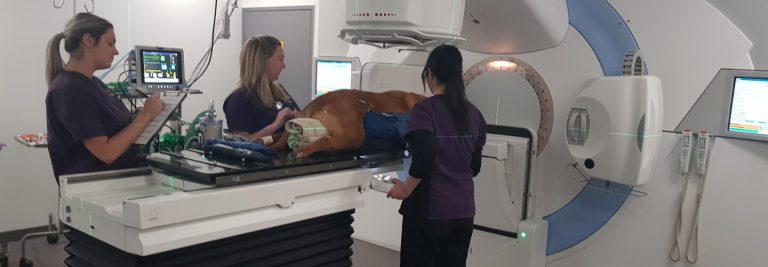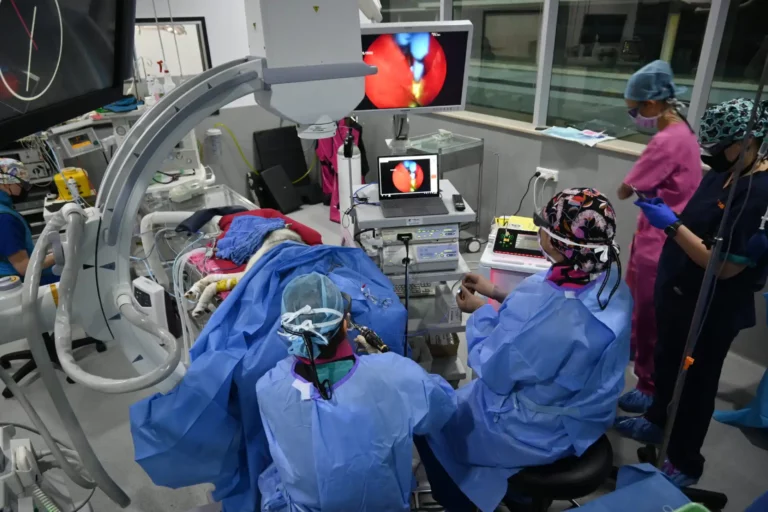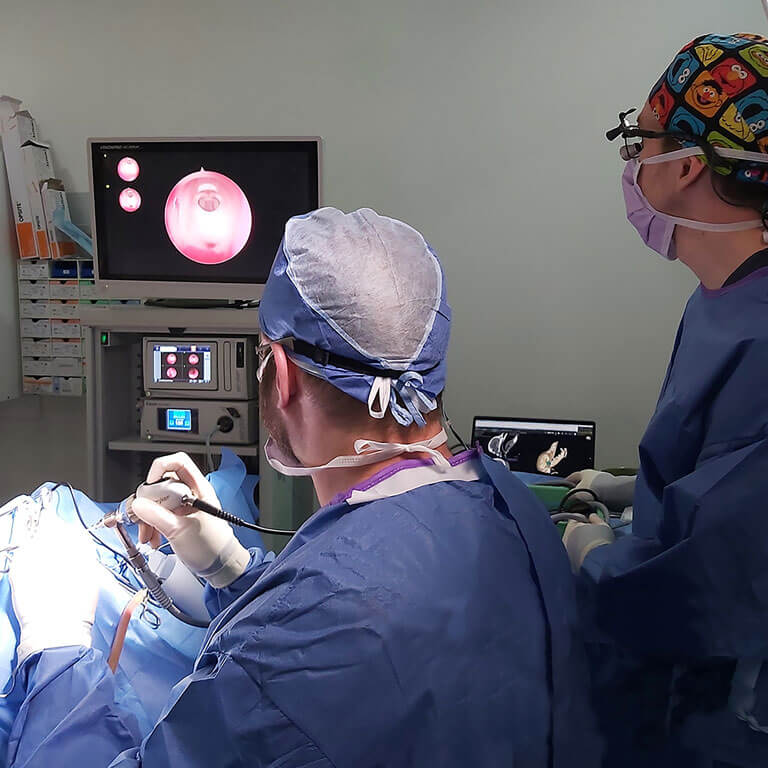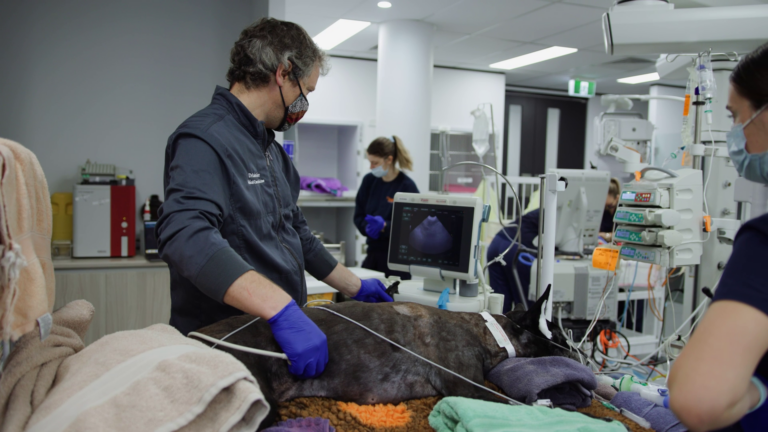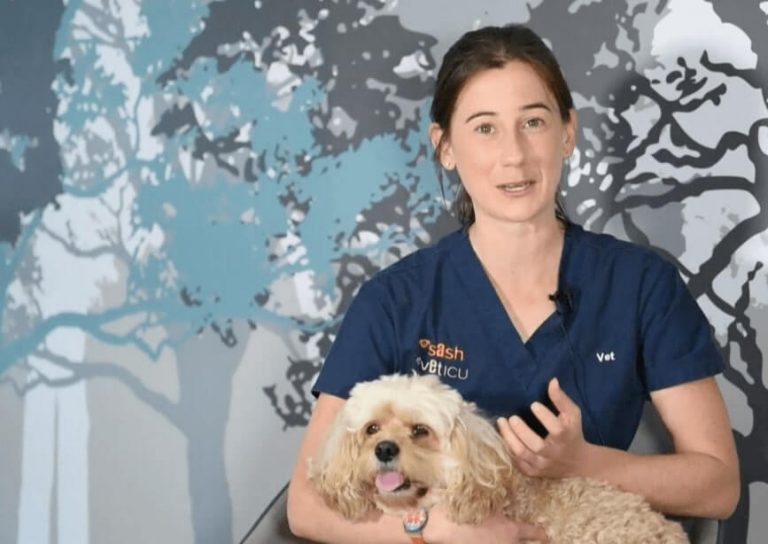What to do if your pet is vomiting or has diarrhoea
Read on to find out when it can be cause for concern
There can be many reasons your pet could have vomiting and diarrhoea. These symptoms can be harmless, but can also be signs of something more sinister. Today, we are going to delve into why your pet could be showing these symptoms and what to do if they are:
When we talk about vomiting and diarrhoea (which we call gastroenteritis) we broadly categorise them as problems within the gastrointestinal system which includes having eaten something disagreeable or toxic, inflammatory or infectious conditions and physical obstructions of the gastrointestinal system. Gastroenteritis can also be secondary to systemic illness such as kidney, liver or hormonal disorders, or some cancers. Many times we do not find a cause of vomiting and diarrhoea and sometimes animals respond to symptomatic treatment despite not having a diagnosis.
Generally the most common reasons for vomiting and diarrhoea are either.
What are the most common reasons for vomiting and diarrhoea?
Dietary indiscretion – this can be eating something disagreeable such as a different type of food, fatty foods such as processed meats in particular are a common culprit as well as raw diets
Foreign body ingestion – toys, socks, bones, string in cats
Pancreatitis
Inflammatory conditions of the gastrointestinal tract
Hypersensitivity reactions – eg. bee stings can cause acute vomiting
Diarrhoea or vomiting on its own in an otherwise bright and happy dog or cat may not necessarily warrant treatment and investigation immediately, especially if your furry friend has say only had one vomit, can still drink and keep water down, is still interested in eating and is not showing any signs of abdominal discomfort.
OR if there is only diarrhoea without vomiting this can often be managed with a bland diet (boiled chicken breast and rice).
However the two combined does warrant further assessment as your furry loved one is at risk of becoming dehydrated and this can then affect internal organ function and become a more serious life threatening situation.
What are the signs I should take my pet to the vet?
Other signs that would prompt further assessment include;
Protracted vomiting, vomit containing either fresh blood OR coffee coloured fluid (signs of either ulceration of internal bleeding)
Diarrhoea that is watery or has blood in it – this can either be fresh (bright red OR if black)
Signs of abdominal pain – unable to settle, the “prayer position” – downward dog pose (commonly a sign of pancreatitis), groaning or whining
Loss of appetite
If you see you pet eat something they shouldn’t (eg a sock, toy, human medications anything other than their normal diet)
Distended abdomen – especially in large breed dogs (Great Dane, German Shepherds etc) this could be suggestive of a gastric dilation volvulus which is a true surgical emergency!
If your pet is lethargic – not wanting to move around, has any collapse episodes or seems weak
If your pet has both vomiting and diarrhoea then it is important to seek further assessment.
What can I do to assist my pet?
While we may not always find the exact cause it is important that we ensure your loved one is adequately hydrated, is not in any pain and that there are no signs of more sinister illness. We may then elect to perform blood tests which looks at your pet’s internal organ function, electrolytes, white blood cells (important for fighting infection and inflammation) and red blood cells as well as radiographs or emergency ultrasound to look for any evidence of intestinal obstruction.
Then, based on these results we will then be able to determine the best therapy for your loved one which will often include hospitalisation for intravenous fluid therapy, medications to stop vomiting and nausea, pain relief and ongoing monitoring and supportive care.
As always if you’re unsure or concerned then please bring your pet in for assessment!
Don’t hesitate to take them to your local vet or visit our 24/7 Emergency & Critical Care department at SASH for peace of mind.
